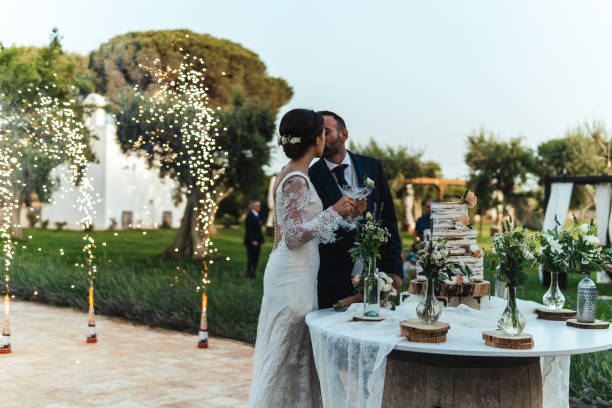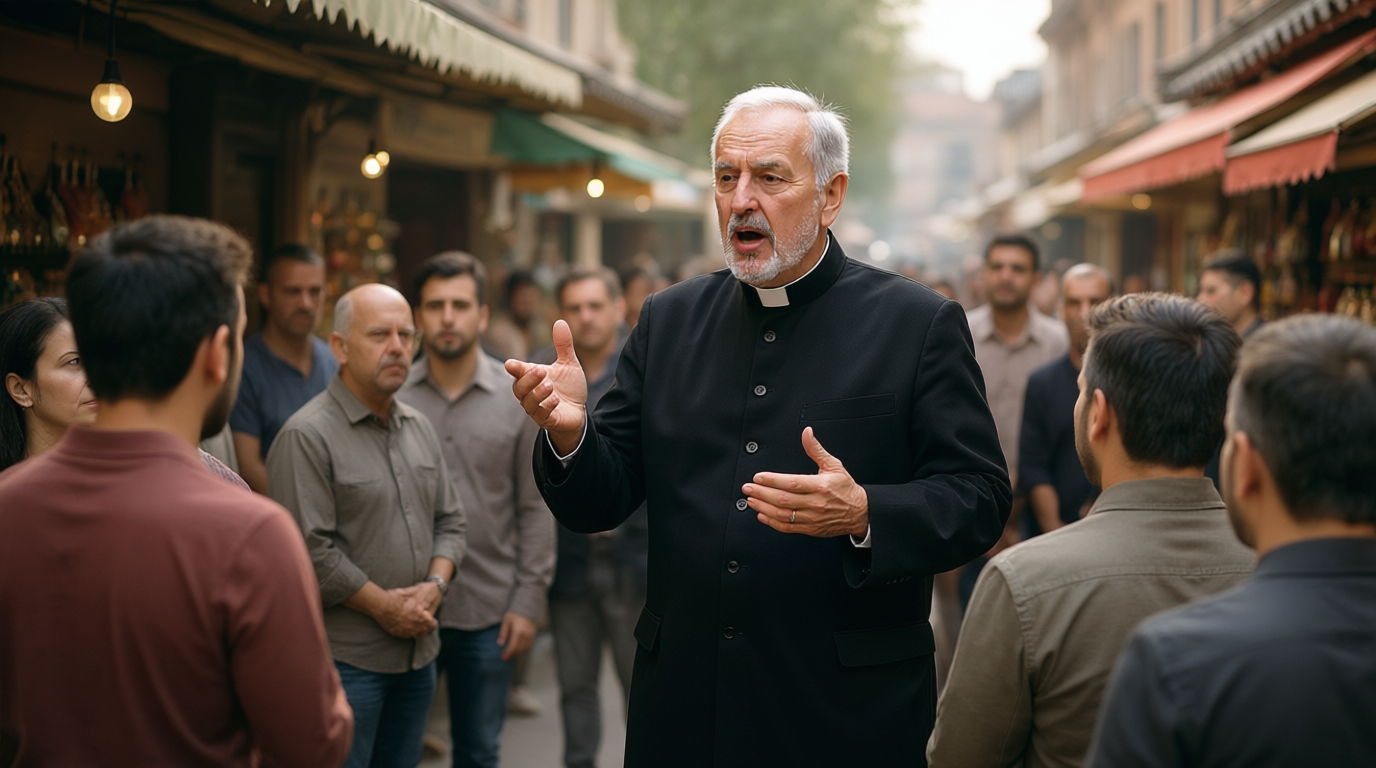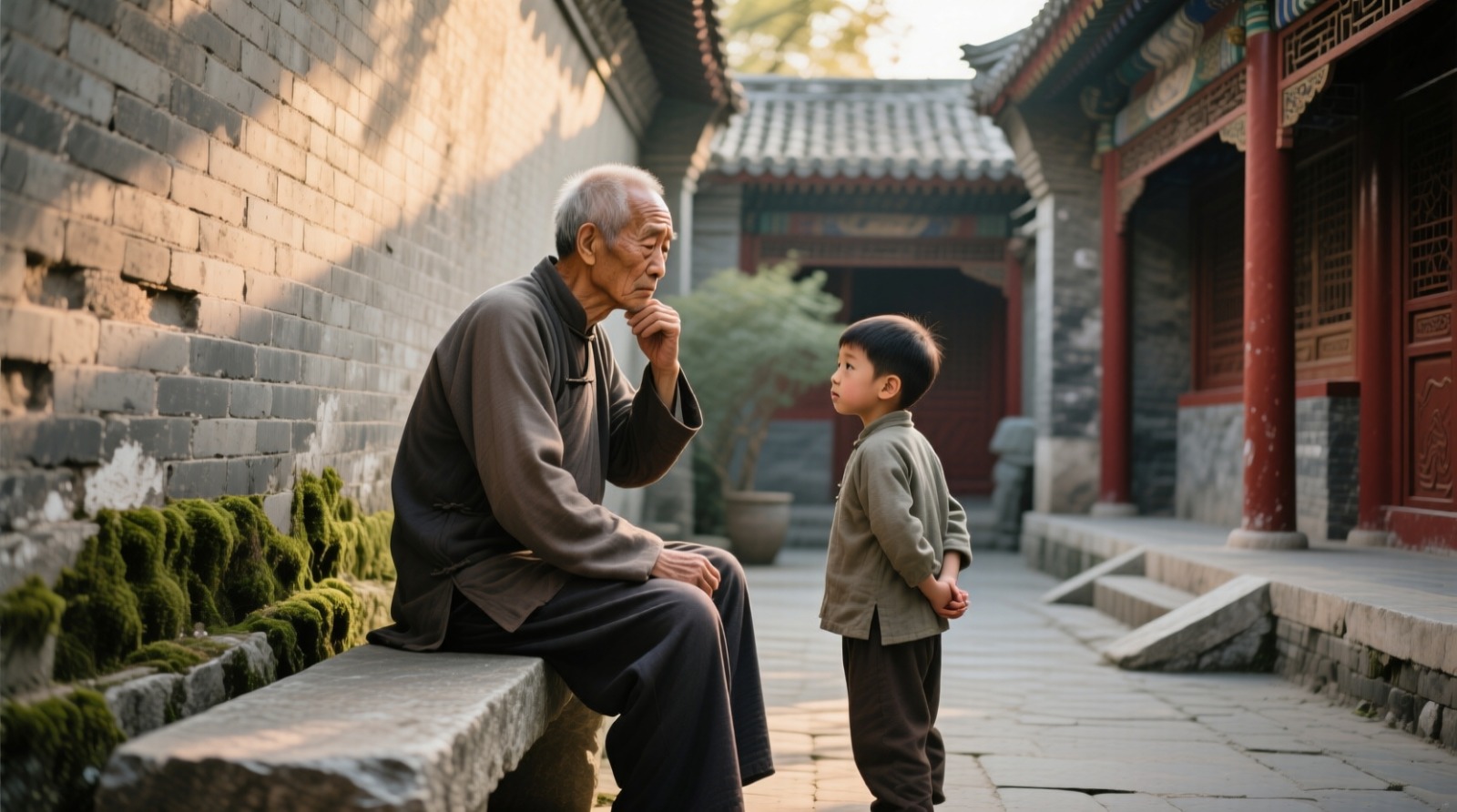I thought I knew what love required. I thought I understood patience and compromise and the occasional sacrifice. Then I met Mara and everything I thought I knew was tested in ways I had never imagined. This is not a neat story of rescue or redemption. It is a story about two people learning hard truths the long way.

We met at a small gallery opening on a rainy Thursday evening. She laughed like someone who had been handed a secret and couldn’t help but share it. Her smile arrived first and then the rest followed. She was quick with observation and gentle with opinion. People drifted toward us, offering half remembered introductions, and she held space for each of them with a kind of fierce politeness that made strangers relax. I was drawn not only to how she looked but to the way she carried herself as if she had practiced being alive and had learned to soften only in the right places.
The early months were easy in the way that dreams are easy. We shared breakfasts, long walks, playlists and books. We argued about small things and made up with ridiculous dinners at odd hours. Her joy felt like sunlight on water and I drank it in. There were also moments that slipped past me then, moments that looked like quirks but were actually the first language of old wounds. She would sometimes flinch at a raised voice on television. She would orbit away from certain topics with a skill I mistook for discretion. Once she folded her hands around a cup of tea so hard the porcelain creaked and then laughed to fill the silence. I made a note to be gentler and then forgot to look back when the small things accumulated.
It took longer to notice the nights. On good days she loved with abandon. On tired nights she withdrew into a small, guarded island. When she pulled away it was not a dramatic exit. She stayed in the same room and became quietly absent. I would reach for her and find a distance I could not bridge. My first response was confusion. I offered reassurance and proximity. I read articles and listened to podcasts. I tried being more patient and more available. Some weeks the effort worked. We would recompose and laugh until the light seemed new again. Other weeks nothing I did could move the tremor under her composure.
One evening she told me, not as a confession but as a map, that she had learned to make herself invisible when storms came at home. She had been a child with a responsibility that did not belong on small shoulders. The phrase she used was simple. She said she had practiced silence to survive and that silence had become a reflex. Hearing that felt like finding a hidden room in a house I thought I knew. I wanted to fix the house the way one might fix a leaky roof. I wanted to replace the cracked tile with something bright and new. Love felt like a toolbox and I believed I knew how to use it.
Caregiving looked a little like being an engineer and a little like being an amateur surgeon. I learned how to hold conversations that asked gentle questions and that did not demand maps for places she did not want to revisit. I learned that a hug was sometimes a kindness and sometimes a mistake. I learned to name small victories. When she told a story without tensing I celebrated. When she let me see an old photograph without disappearing I felt like a winner. Alone these moments were tiny. Together they made up the scaffolding of trust.
That scaffolding bent under pressures I had not anticipated. Old patterns came with friends and holidays and with family obligations. Her past would show up uninvited at other people s tables. It would arrive in the form of explosive anger at small slights or in the form of long silences that made rooms feel cold. I found myself constantly calibrating. I would measure my tone, choose words, watch for triggers and adjust. My emotional energy became a currency I spent with care. Sometimes the exchange felt mutual. Other times I felt bankrupt and unseen.
There were nights when resentment crept in like mildew. It started as a thought and then built into a list. Why must I be the one to always initiate the hard conversations. Why am I the expert in reading the weather of her moods. When I voiced those questions they hurt both of us. She heard blame where none was intended. She tightened, and I folded. In the quiet aftermath I learned another hard fact. Loving a damaged person does not make you inherently noble. It makes you human. You can be loving and tired in the same week. Saying you will be patient does not mean you will not also reach your limit. The story of love has margins where both care and fatigue coexist.
We tried therapy a few different ways. Joint sessions gave us a neutral room to place the sharp objects. She responded to a therapist who used gentle curiosity rather than bright interventions. I responded to practical tools that taught me how to set boundaries without making them walls. What was crucial was learning to separate the needs of the moment from the needs of the relationship. If she needed silence that night, I needed assurance that the silence was not a permanent withdrawal. A promise is a small but powerful contract. She learned to say I need a night alone and I will tell you in the morning. I learned to hear that without translating it to abandonment.
There are moments that do not make for neat paragraphs in an essay about love. There were times when she would break in the middle of the grocery store and I would hold her in the produce aisle while the fluorescent lights hummed above us. There were nights when I sat awake while she slept and mapped the contours of her breath like a cartographer frightened of getting lost. There were mornings when she would leave a note by the kettle thanking me for a small kindness and my heart would reopen a little. Those are the moments that supply the labor of love with fuel.
People around us had opinions. Some admired the way I stayed and called it devotion. Others suggested I had too much tolerance and might be diminishing myself. There were friends who offered refuge and others who offered verdicts. The difference between judgment and help is usually small but it is decisive. Help looks like staying with us through the therapist appointments or bringing soup without an opinion. Judgment looks like simplified lines that reduce a human to a single trait. We learned quickly which voices to listen to.
After three years something shifted not because a single miracle happened but because small habits stacked. She started to recognize the first flickers of a storm and to tell me before it arrived. I started saying no when my tank was empty and asking for help when I could not fill it alone. We set rules that kept us honest. There were no ultimatums of leave or stay. There were only commitments to try and to be truthful about the cost of trying. That truthfulness felt radical. It made the terms of our love less about rescue and more about partnership.
Not every story like this resolves with neat repairs. Trauma is not a problem you fix and then forget. It is a persistent current that requires ongoing navigation. Some days we are steady. Some days we compensate and hold each other. Some days the past asks for more than the present can give. But there is a dignity in showing up anyway and in insisting that compassion does not require vanishing of the self.
If you love someone who is damaged there are practical things that will help. Learn small ways to be present that do not drain your reserve. Keep a friend or mentor who listens without deciding for you. Practice boundaries described with care rather than weaponized as punishments. Celebrate tiny shifts and keep expectations modest. And most importantly, notice when your patience turns into a habit of covering harm rather than healing it. There is a difference between sticking with someone and being stuck.
Loving someone with damage taught me to be less certain about outcomes and more attentive to the daily work. It taught me that compassion sometimes means staying and sometimes means stepping back so both of you can breathe. It taught me that no one is fixed, that everyone is a work in progress, and that love does not erase pain. Love, when it is honest, receives that pain and then decides what to do with it.
There is no triumphant final line to this story. We continue to wake up, to argue, to forgive and to try. The damage did not vanish and neither did the tenderness. Each day is a decision to show up or not. What remains is the slow evidence of two people who are learning how to be kind and clear at the same time.









Comments (0)